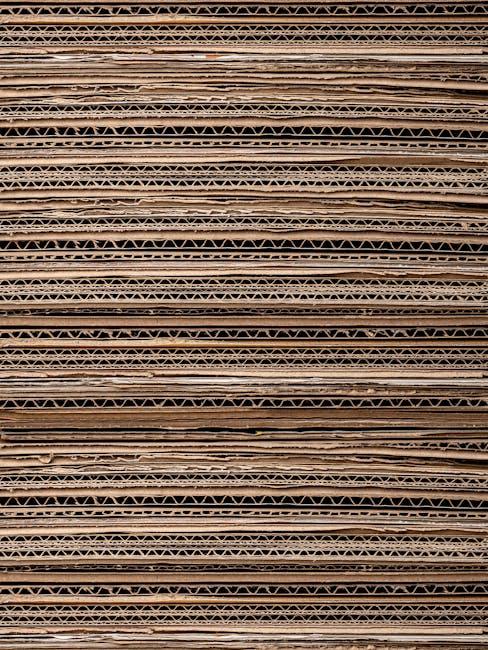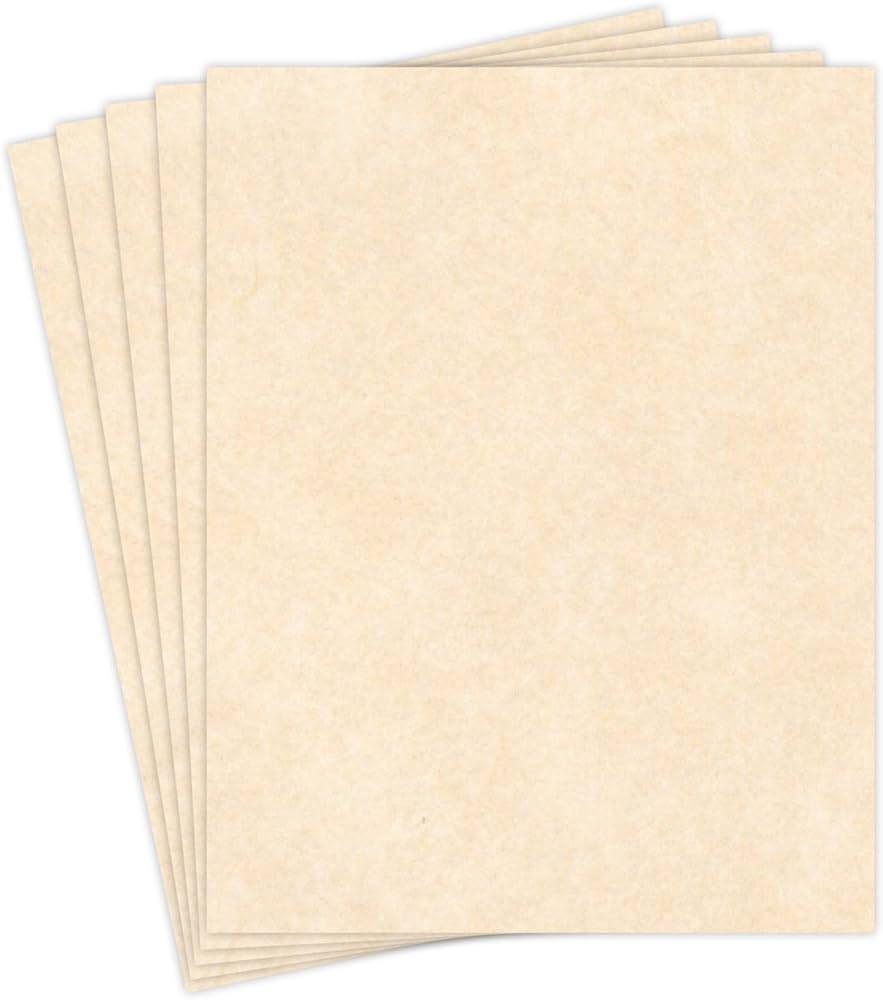In a world increasingly defined by its environmental challenges, every choice we make can contribute to a more enduring future—no matter how small. Enter recycled stationery, a purposeful fusion of creativity and consciousness. From recycled paper notebooks to eco-amiable envelopes, these products not only minimize waste but also offer a canvas for our thoughts, ideas, and correspondence. As we delve into the realm of recycled stationery, we explore not only its environmental benefits but also the innovative designs and technologies that redefine what office supplies can be. Join us on this journey towards a greener future, where every written word becomes a testament to our commitment to the planet.
Understanding the Environmental Impact of Traditional Stationery
Traditional stationery,while charming and often regarded as essential in our daily lives,carries a heavy environmental footprint. Each year,millions of trees are cut down for paper production,contributing to deforestation and habitat loss. The process of transforming raw materials into finished stationery products can also lead to importent carbon emissions and pollution. Not only are forests destroyed, but the chemicals used in the production process can contaminate water supplies and harm ecosystems.
Moreover, the disposal of traditional stationery adds further strain to landfills, as such products often contain non-biodegradable materials. By choosing to embrace recycled stationery, we can pivot towards a more sustainable future. Recycled paper products use fewer resources and energy to produce, mitigate waste, and often get a second life with minimal environmental impact. Some benefits of opting for recycled stationery include:
- Reduced deforestation
- lesser chemical usage
- Lower carbon footprint
- Conservation of water

Innovative Materials Shaping the Future of Recycled Paper Products
As the demand for sustainable products rises, innovative materials are revolutionizing the way we perceive recycled paper. Enhanced with cutting-edge technologies, new types of fibers are being introduced, making recycled stationery not only eco-friendly but also durable and aesthetically pleasing. From hemp and bamboo to agricultural waste like sugarcane and wheat straw, these alternative fibers offer unique textures and colors, allowing for an exciting variety of stationery options that stand out. The use of bright, natural dyes and biodegradable coatings further elevates the appeal, ensuring that each piece is not just a product, but a canvas for creativity.
Moreover, advancements in recycling processes have enabled manufacturers to produce recycled paper products that maintain quality while reducing environmental footprint. Closed-loop recycling systems and chemical-free de-inking techniques play crucial roles in preserving the integrity of materials, minimizing waste, and lowering energy consumption. Here’s a glimpse of some innovative materials transforming the industry:
| Material | Benefits |
|---|---|
| Hemp | Fast-growing,requires less water |
| Bamboo | Highly renewable,natural antibacterial |
| Sugarcane Pulp | Biodegradable,reduces landfill waste |
| Wheat Straw | Utilizes agricultural byproducts,supports local farmers |

Practical Tips for Transitioning to Sustainable Writing Supplies
Transitioning to sustainable writing supplies doesn’t have to be a daunting task. Start by evaluating the materials you currently use and consider replacing them with eco-friendly alternatives. Look for notebooks made from recycled paper and pens filled with biodegradable ink. Here are some practical steps to make the switch smoothly:
- Choose Local Suppliers: Supporting local businesses not only reduces carbon footprints but also encourages sustainable practices in your community.
- Experiment with Reusable Options: Invest in refillable pens and mechanical pencils to minimize waste.
- Educate Yourself: Research brands that prioritize sustainability and are committed to environmentally friendly production methods.
In addition to specific products,consider adopting a more mindful approach to your usage. Set aside time to assess your needs before purchasing new supplies, and aim to reach for digital tools whenever feasible. To help you visualize the benefits of eco-friendly supplies, here’s a simple comparison of traditional vs. sustainable options:
| Traditional supplies | sustainable Alternatives |
|---|---|
| Standard stationery made from virgin materials | Recycled paper products |
| Plastic disposable pens | Biodegradable or refillable pens |
| Ink produced with harmful chemicals | Natural, non-toxic inks |

The Role of Businesses and Schools in Promoting Recycled Stationery Solutions
In the quest for sustainability,businesses and schools play pivotal roles by adopting and advocating for recycled stationery solutions. by integrating eco-friendly practices into their daily operations, businesses can considerably reduce their environmental footprint. As an example, companies can source recycled paper, promote the use of reusable writing tools, and implement digital solutions whenever applicable. Schools, conversely, can educate students on the importance of recycling through projects that incorporate recycled materials, such as making art from used paper or organizing stationery swaps. This not only raises awareness but also fosters a culture of sustainability among younger generations.
Collaboration between these entities is essential for maximizing impact. Businesses can partner with schools to create informative workshops or offer discounts on recycled products, encouraging schools to lead by example. Here are some promising initiatives that can be considered:
- recycling Drives: Businesses can sponsor stationery recycling campaigns within schools.
- Resource Sharing: Schools can share success stories of incorporating recycled materials in lessons.
- Incentive Programs: Businesses can create rewards for schools that meet recycling goals.
Such strategies not only demonstrate a shared commitment to sustainability but also provide practical solutions that inspire communities to embrace greener alternatives. Together, through effective partnerships and awareness campaigns, businesses and schools can pave the way for a future where recycled stationery is the norm rather than the exception.
Final Thoughts
As we close the chapter on our exploration of recycled stationery, it’s clear that each choice we make—no matter how small—can contribute to a more sustainable future. Embracing recycled materials means forging a connection between our past habits and a greener tomorrow. Every notebook crafted from post-consumer waste, every letter penned on eco-friendly paper, signifies a pledge to tread lightly on our planet.
In a world where the allure of convenience often overshadows environmental duty, turning to recycled stationery acts as both a statement and a solution. It’s not just about the products we choose; it’s about fostering awareness and encouraging mindful consumption. With each piece of recycled paper, we’re not merely creating; we’re participating in a collective movement toward sustainability.So the next time you pick up a pen, consider what it’s resting on. By choosing recycled stationery, you’re not just writing; you’re rewriting the narrative of our surroundings. Together, let’s imagine a world where every word is a step towards healing our planet. After all, every great story begins with a single page turned. Let’s turn those pages with intent and create a greener future, one line at a time.

